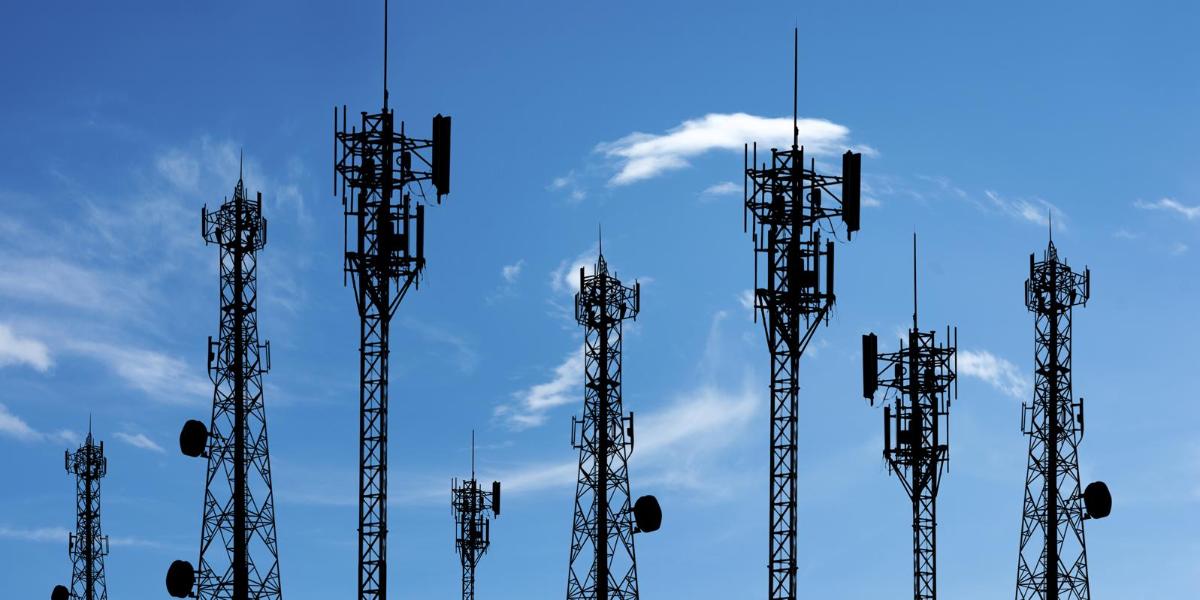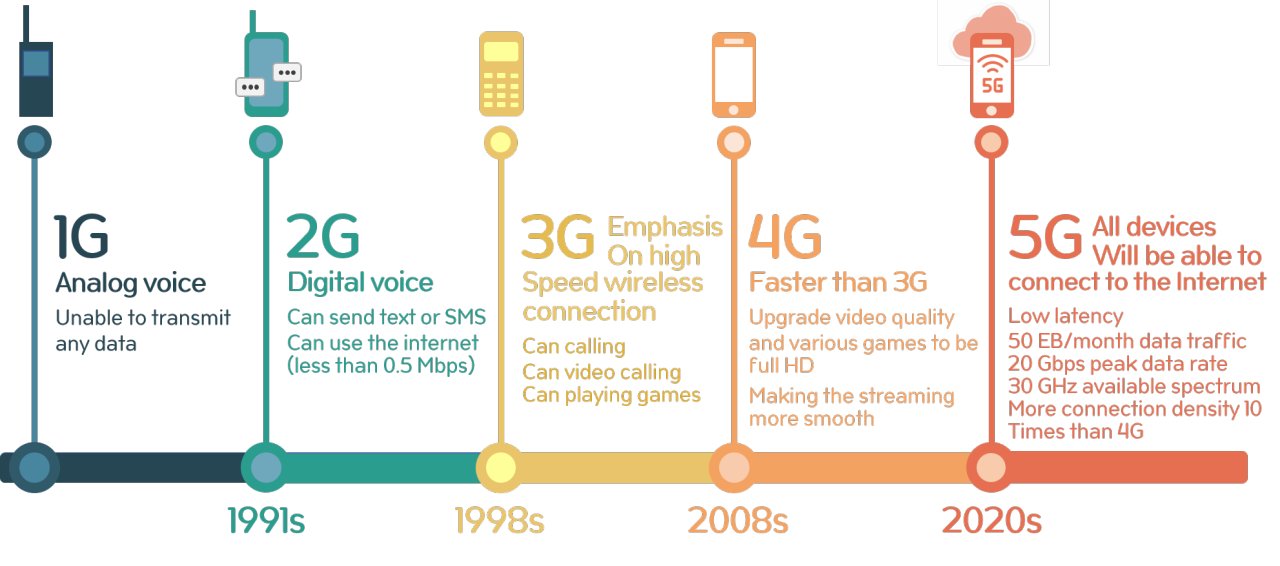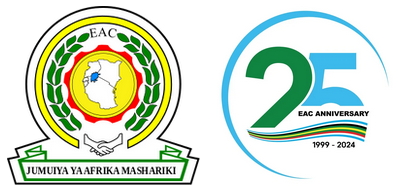
Eastern Africa Unites for a Connected Future Through Spectrum Harmonisation
In Kigali, Rwanda, October 2025 marked a defining moment for digital transformation in Eastern Africa. Leaders and experts from nine countries convened for the Joint Spectrum Management and Knowledge Exchange Workshop, ahead of the Mobile World Congress (MWC) Africa 2025. Together, they took decisive steps to harmonise spectrum management, the invisible foundation of modern connectivity, and to fast-track the region’s vision for a Single Digital Market.
Organised under the Eastern Africa Regional Digital Integration Project (EARDIP) with support from the World Bank, the East African Community (EAC) and the Intergovernmental Authority on Development (IGAD) led the discussions alongside partners from GSMA, ITU, EACO, and Smart Africa. The goal: to align national policies, strengthen regional coordination, and make affordable broadband a reality for all.
“Spectrum is the oxygen of digital transformation,” noted Mr. Didier Nkurikiyimfura of Smart Africa. “How we manage it will determine how fast Africa can connect, innovate, and grow.”
Aligning the Region for Growth
For years, fragmented spectrum policies and high licensing costs have slowed connectivity and increased inequalities. Now, through EARDIP, Eastern African countries are creating a unified approach to managing frequencies and licensing, ensuring compatibility across borders and lowering deployment costs.
Eng. Daniel Murenzi, EAC-EARDIP Project Coordinator, described this effort as “the backbone of a connected and inclusive Eastern Africa,” noting that harmonisation will turn fragmented national markets into a cohesive regional digital economy.
During the workshop, delegates agreed on a set of practical actions to guide Eastern Africa’s transition toward a more coordinated and efficient spectrum management system. These actions aim to strengthen policy alignment, improve technical cooperation, and make digital connectivity more affordable and sustainable across the region.
Key outcomes from the workshop included commitments to:
- Develop regional guidelines to help countries manage spectrum allocation, renewal, and pricing in a consistent and fair way, making it easier to plan and use radio frequencies efficiently across borders.
- Create a clear and transparent pricing framework that encourages fair competition, attracts private investment, and helps lower the cost of expanding broadband services.
- Promote green spectrum practices that make mobile networks more energy-efficient, support infrastructure sharing, and reduce the environmental impact of digital connectivity.
- Speed up the use of the Harmonised Calculation Method for Africa (HCM4A) to improve coordination between countries, reduce signal interference, and support smooth cross-border communication and roaming.
“Effective spectrum governance is not a luxury; it is a structural enabler of Africa’s digital transformation,” emphasised Dr. Emmanuel Manasseh of the ITU.

MWC Africa 2025 Reinforces Regional Momentum
The timing of the workshop ahead of MWC Africa 2025, also held in Kigali, created strong synergy. Under the theme “Converge. Connect. Create”. The Congress advanced the same principles driving the region’s spectrum harmonisation efforts: accessibility, inclusion, and innovation.
Among its landmark outcomes, the Congress saw the launch of the GSMA Handset Affordability Coalition by major African mobile operators, including Airtel, MTN, Orange, Ethio Telecom, Vodacom, and Axian, to produce ultra-low-cost 4G smartphones and make digital access more affordable for millions. It also unveiled a continent-wide collaboration to develop AI language models rooted in African languages, cultures, and knowledge, ensuring that artificial intelligence is developed by Africa, for Africa. Furthermore, leaders agreed on the need for stronger public–private partnerships to align policies on spectrum, licensing, and data governance, and reaffirmed the importance of energy resilience as a foundation for sustainable and inclusive digital growth.
These resolutions directly complement EARDIP’s regional mission, reinforcing the need for policy alignment, public-private partnerships and inclusive innovation. Together, they create a unified push toward a digitally integrated Africa, where access, affordability, and opportunity go hand in hand.
Powering the Future Together
Building on this momentum, EAC and IGAD are set to develop a joint regional roadmap to translate the Kigali outcomes and MWC resolutions into concrete regulatory and institutional actions. The roadmap will guide spectrum governance, attract private investment, and ensure affordable, reliable connectivity for the region’s 400 million unconnected citizens.
Africa’s young and rapidly growing population is at the heart of this transformation. According to the GSMA Mobile Economy Africa 2025 Report, mobile connectivity contributed USD 220 billion to Africa’s economy in 2024, about 7.7% of GDP, and is projected to reach USD 270 billion by 2030. The sector already supports around 8 million jobs and generates billions in public funding, highlighting the direct economic impact of digital inclusion.
Across the continent, 416 million people now use mobile internet, with adoption expected to rise to 576 million by 2030. While mobile coverage is near-universal, a usage gap of 960 million people persists, largely in Sub-Saharan Africa, reflecting barriers to access, affordability, and digital skills. 4G adoption is expected to grow from 45% to 54%, and 5G connections are forecast to surge from 2% to 21% by 2030, a growth that will rely heavily on harmonised spectrum policies and cross-border coordination.
By aligning national frameworks and promoting sustainable spectrum practices, Eastern Africa is positioning itself to capture these opportunities. Operators are expected to invest USD 77 billion in new networks between 2024 and 2030, creating a platform for innovation, inclusion, and economic growth. Through EARDIP, the region is turning ambition into action in ensuring that spectrum harmonisation, infrastructure investment, and policy coordination together power a connected, competitive, and digitally empowered future for all.
As Dr. Daniel Deng Malok, IGAD-EARDIP Telecommunications Advisor, observed, “By bringing together our institutions, regulators, and global partners, we are laying the foundation for a harmonised spectrum architecture that will power Africa’s digital future.”
A Connected Eastern Africa in Sight
Through EARDIP, Eastern Africa is transforming vision into action by building the frameworks and partnerships that will make universal, affordable broadband a reality. The region’s progress in Kigali and at MWC Africa 2025 reflects a shared belief that collaboration, policy alignment, and innovation can unlock inclusive growth.
Spectrum, once invisible, is now a visible symbol of unity and opportunity. With harmonised policies and regional commitment, Eastern Africa is firmly on the path to a connected, competitive, and digitally empowered future.
